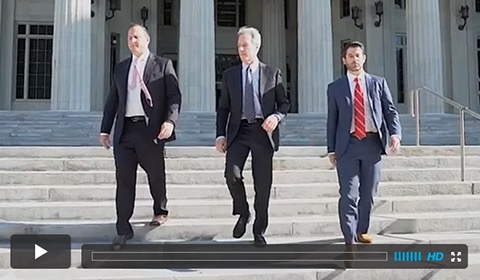Tire Blowouts vs. Tread Separations – Know the Difference (Part I)
Miami tire lawyers need to distinguish between what is commonly referred to as a “blowout” and a “tread separation” event. The term “blowout” is a misnomer when generically used to describe all types of tire failures. Newspaper reporters, Florida law enforcement, and attorneys commonly misuse the term “blowout.”
To tire experts, vehicle dynamic engineers, and product liability attorneys familiar with these types of cases the term “tire blowout” is not synonymous with “tread separation,” as these two terms represent two entirely different types of phenomenon.
Experts in the field generally define a “tire blowout” as the rapid loss of air and pressure from a tire through a tear or opening in the tire which results in the tire suddenly going flat.
A tread separation is a very specific type of tire failure initiated by the top layer of tread and the outermost steel belt peeling away from the carcass of the tire in a fashion that leaves the remainder of the tire intact with the tread peeled away either completely or partially. The tire lexicon is further muddied by the fact that “tread separations” are also referred to as “tread belt detachments” or “tire de-laminations.”
While both “tire blowouts” and “tread separations” may occur suddenly and unexpectedly, and both may affect vehicle dynamics and controllability, there are critical differences relating to:
- What each term is describing (as explained above);
- What causes these two different types of tire failures;
- What happens following these two different types of tire failures and what effect they have on vehicle dynamics and controllability.
In part II of this article we will discuss the causes; and in part III we will discuss the consequences of these two types of tire failure events.
As Miami injury lawyers handling product liability cases including tire defect cases, it is extremely important to understand the mechanism by which a product failed. Referring to every tire failure as a “Blowout” is inaccurate and misleading. Side wall blowouts may be caused by the simple loss of air pressure due to a nail. “Tread Separation” events are a much more complicated phenomenon and quite frequently related to a design or manufacturing defect. If you or a loved one is injured as a result of a tire failure event, be sure to have your case analyzed by an experienced and qualified product liability lawyer who knows the difference between a Blowout and a Tread Separation.














